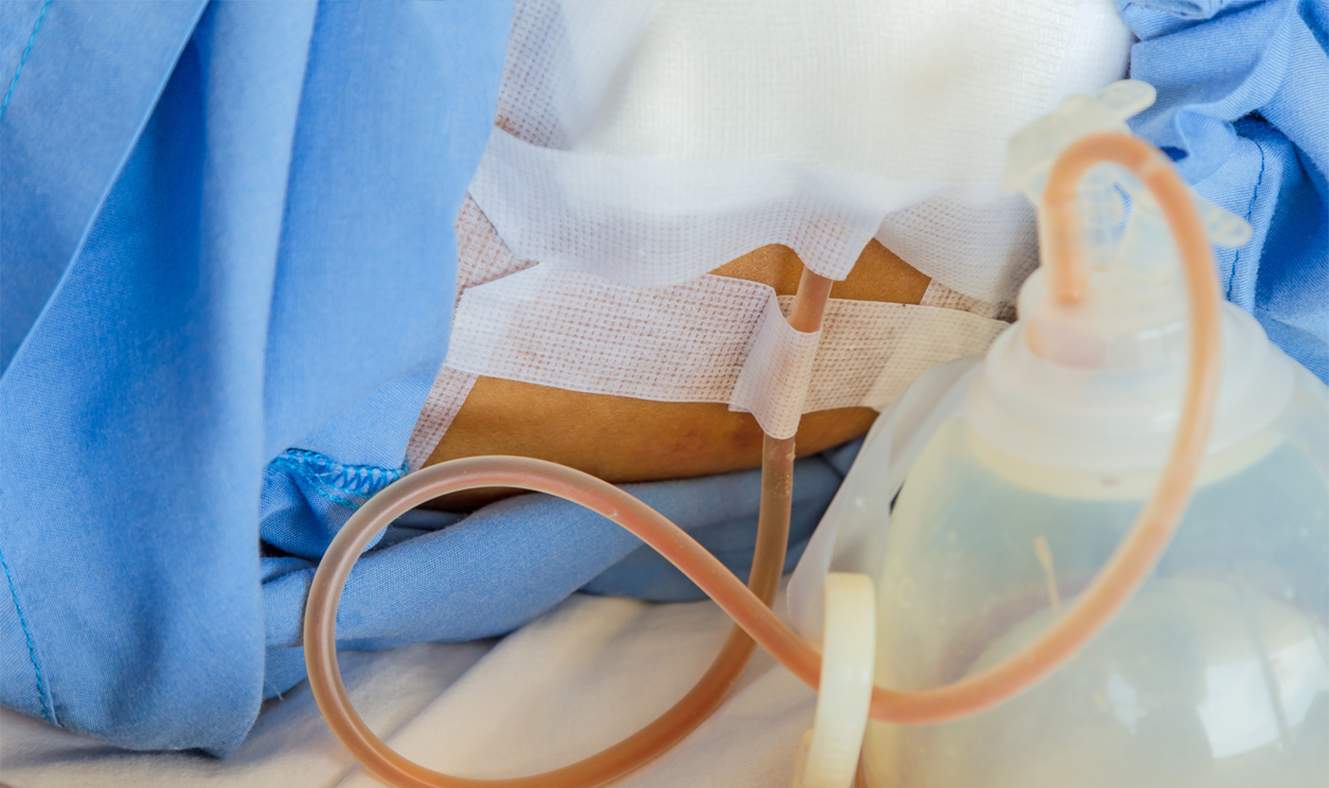What to know about surgical drains:

What is a Surgical Drain:
Surgical drains are medical devices that have holes or perforations in them to allow fluid to be removed from areas of the body. They are connected to tubing that exits the body and is drained in a reservoir or container. Surgical drains are used for a variety of surgical procedures to help remove fluid from a cavity and optimize healing
Why does Dr. Rai use surgical drains for his breast explants?
During a capsulectomy the capsule is removed from the surrounding tissue. This can include the breast tissue, the pectoralis muscle, and the underlying rib surface. These surfaces have a lot of blood supply going to them which creates some bleeding or oozing surfaces. In addition, when the implant is removed there is a space in the breast pocket. The body creates fluid to fill this pocket. Because of this fluid and the potential for bleeding, Dr. Rai prefers to use surgical drains to ensure this fluid and blood is removed from the body. This decreases the risks of fluid collections like a seroma. It also identifies protentional complications like a hematoma sooner. For all these reasons, Dr. Rai feels drains are important for breast explants to maximize safety and assist with recovery.
How long do the surgical drains stay in place?
For most patients the drains will stay in place for 5 days. But it depends on the amount of drainage coming out of the drain. The drains can be removed when the fluid coming out of each individually is less than 30cc over 24 hours for two days in a row.
